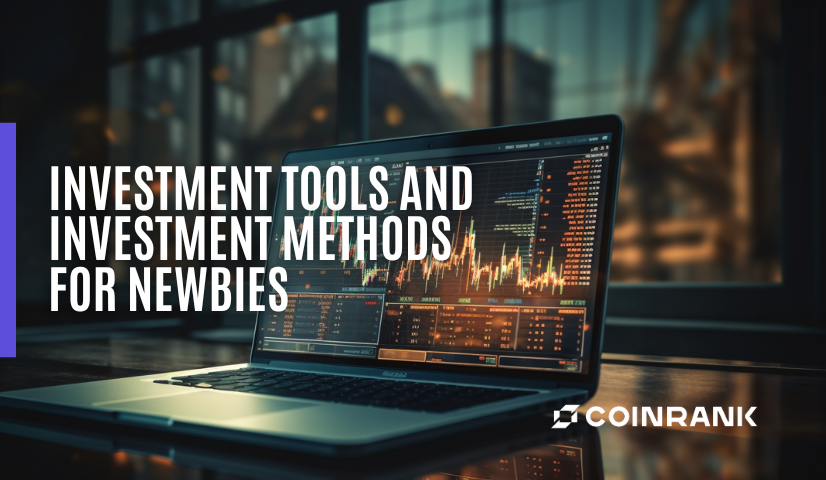
KEYTAKEAWAYS
- BOJ Policy Shift: Japan's central bank hints at early interest rate change, boosting yen.
- Economic Transition: Post-pandemic boom shifts Japan from deflation to inflation, prompting policy adjustments.
- Governor's Challenge: New BOJ governor navigates policy shift, foreign investments, and market dynamics.

CONTENT
Just before the Bank of Japan’s interest rate decision, Nikkei News reported that the central bank planned to discuss adjusting its Yield Curve Control (YCC) policy direction at the Friday meeting. This implied that the range of fluctuations for the 10-year Japanese government bonds’ interest rates would be modified. The market interpreted this as a preparation for a potential early and indirect interest rate hike. As a result, the Japanese yen surged significantly, with the USD/JPY pair rising by 1.2% at one point. Market participants further anticipated that once the Bank of Japan(BOJ) lifted the restrictions, the yen would soar to 120 yen per US dollar. Although the final decision did not formally lift the control cap, the market still perceived it as a signal of the BOJ’s intent to alter its existing ultra-loose monetary policy.
WHAT IS YIELD CURVE CONTROL (YCC)
The BOJ began implementing YCC in 2016. YCC aims to maintain government bond yields at relatively low levels while ensuring higher returns for longer-term Japanese government bonds. Currently, the BOJ controls the interest rates within a range of 0.5%. To manage the yield range, the BOJ employs the strategy of purchasing Japanese government bonds to keep the 10-year interest rate below 0.5%. When the BOJ raised the upper limit of the interest rate from 0.25% to 0.5% in December of last year, the market began anticipating a potential tightening of the BOJ’s monetary policy.
THE BACKGROUND OF LIFTING THE INTEREST RATE CEILING
With Japan reopening its borders and the influx of post-pandemic tourism, coupled with the advantage of a depreciating Japanese yen, there has been a surge in domestic consumption, creating a boom in the Japanese economy. However, this also means a significant increase in import costs, as Japan heavily relies on imported raw materials. As a result, Japan has transitioned from deflation to inflation, with last year’s low base period making inflation appear to grow rapidly. This shift indicates that Japan has moved from a deflationary state to an expansionary phase, signaling an inevitable adjustment to the past ultra-loose monetary policies. The ultra-low interest rate market environment in Japan will also begin to change, leading to higher investment costs in the future.
THE STOCK MARKET IS A LEADING INDICATOR OF INFLATION
In recent years, the flourishing development of the semiconductor industry has led institutional investors from various countries to shift their focus to investing in Japan. This trend has also attracted financial giants like Warren Buffett to increase their investments in Japan. Institutional investors across the world are raising funds in Japan’s domestic market through issuing bonds. The ultra-low interest rates have enticed these institutions to raise capital in Japan, and they utilize the low-cost funds to conduct arbitrage investments. Berkshire Hathaway, under the leadership of Warren Buffett, has issued more Japanese bonds this year, with a total value of 164.4 billion yen. This capital will be used to invest in Japan’s five major trading companies. The total amount of Yen bonds issued by Buffett’s conglomerate has already exceeded 1 trillion yen. As a result, the stock market is also entering a positive expansion pattern.
THE CHALLENGE FOR JAPAN’S NEW CENTRAL BANK GOVERNOR
Haruhiko Kuroda officially assumed the position of the BOJ’s governor in April this year. After experiencing 22 years of ultra-loose monetary policy, one of the key tasks for this term’s governor is to find a way to unwind this policy constraint. While the current BOJ meeting maintains the YCC upper target at 0.5%, intervention will only occur when interest rates hit 1%. This move indirectly relaxes the YCC’s flexibility. Although the policy remains accommodative for now, it also indicates that there will be sufficient reason to change the current monetary policy if inflation intensifies next year. Haruhiko Kuroda is now facing the crucial responsibility of steering Japan’s monetary policy in this critical phase.
EXCHANGE RATE IS THE MOST HONEST INDICATOR
The exchange rate serves as the most honest indicator of whether a country is favored by capital flows. Under the strength of the U.S. dollar, global funds swiftly return to the United States. Market funds are not only seeking arbitrage opportunities in the financial markets but also taking advantage of exchange rate differentials. However, despite the current popularity of Japan’s stock market, there is still room for attracting international funds for currency arbitrage. The loosening of policies by the BOJ is one way to attract foreign investments. Nevertheless, bidding farewell to Japan’s lost decades places a heavy burden on the current governor, Haruhiko Kuroda. Observing how the market will reprice Japan in the coming years remains to be seen.
Looking for the latest scoop and cool insights from CoinRank? Hit up our Twitter and stay in the loop with all our fresh stories!














